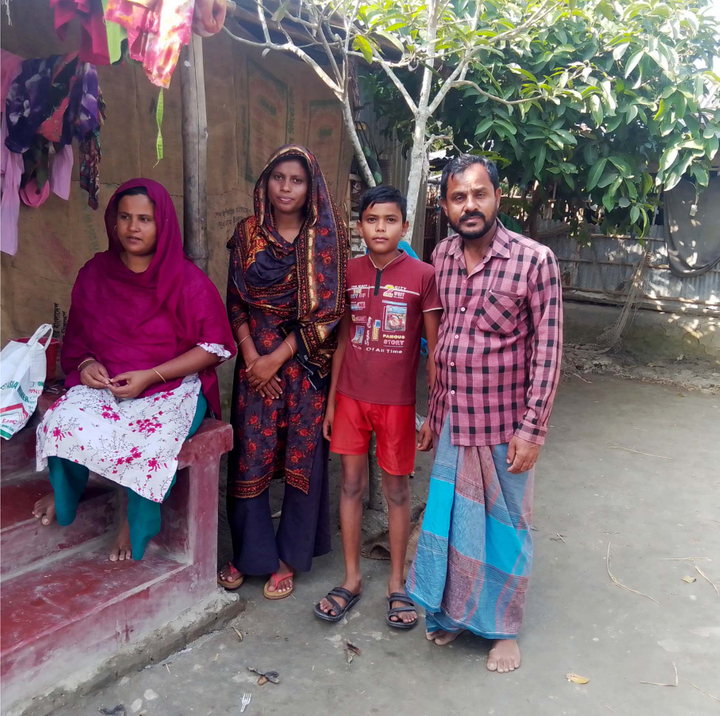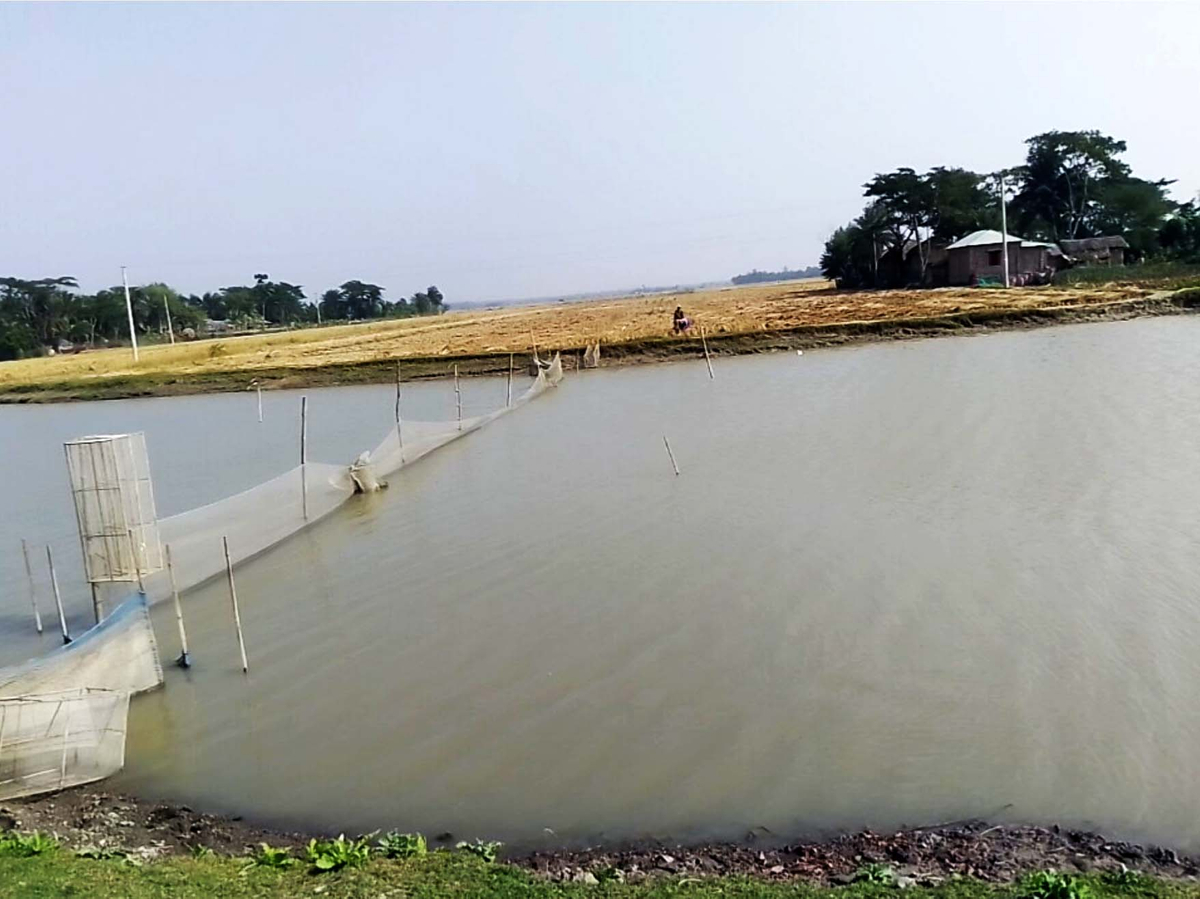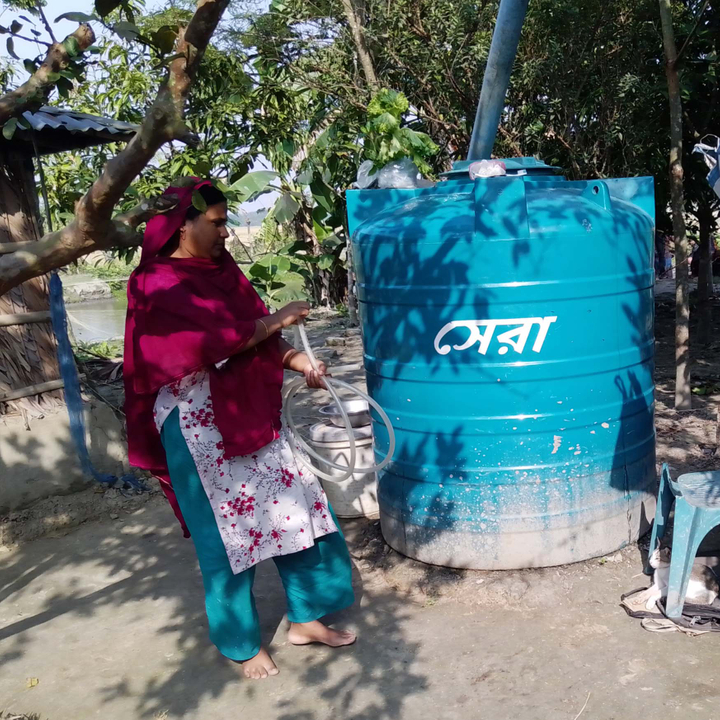Coastal Bangladesh is highly prone to salinity, leading to crop and land loss. However, indigenous techniques like growing salt-tolerant crops and rain water harvesting, can be some solutions to solve the problem, writes S.M. Nayem Ahasan.
"We have problems with water salinization, primarily for drinking, cooking and washing," says Saleha Begum. She lives with her family in Dacope, a small coastal town along a river called Rupsha in southern Bangladesh, an area vulnerable to flooding and cyclones, while the salinity in water and soil keeps rising.

Saleha Begum is not alone in her travails.
A large part of coastal Bangladesh is affected by salinization. This problem is gaining severity due to rising sea levels, forcing many farmers to find new livelihoods and migrate to cities in search of jobs. However, Saleha Begum is still living at her ancestors’ place and finding ways to cope with the salinity.
Some of the solutions which experts suggest to cope with salinity are to grow salt-tolerant varieties of crops, especially vegetables and rice. According to an NGO called, Cordaid, near 53 percent of farmland in Bangladesh is affected by salinity.
"Developing salt-tolerant crop varieties and farming methods, and funding infrastructure projects to prevent saltwater flooding, can help coastal farms remain viable as sea levels rise. It will also be important to regulate brackish aquaculture to avoid conflicts between rice farmers and shrimp farmers," according to an article published at the Conservation by Joyce Chen and Valerie Mueller.

As a woman, Saleha Begum is responsible for allocating water in her household for daily use. She struggles to get fresh water for drinking, cooking, and washing.
"It's easier to get fresh water during the rainy season," she adds. "But monsoon only lasts about four months, while our water tank storage capacity is only three months. The rest of the time we have to buy drinking water. We have to travel far to collect drinking and cooking water during the dry season," she adds.

The poor households at Dacope get support from the Social Development Foundation, a non-governmental organization that sells cheap drinking water. However, still, it’s quite costly for low-income families to spend money on drinking water.
For about eight months, Saleha Begum has to fetch water from a distance. However, when she chose to purchase a water tank to collect rainwater, it became both handy and cost-effective for her and her family.
Even though she has a tank to collect rainwater, it is insufficient to meet her family's drinking water needs for a year. As a result, Saleha Begum anticipates that the problem may be alleviated if the government provided enough assistance, such as establishing rainwater harvesting reservoirs in specific locations and providing residents in the salinity-prone area with some water tanks.
"If they provide big water tanks, we could harvest rainwater for dry periods," she says.





